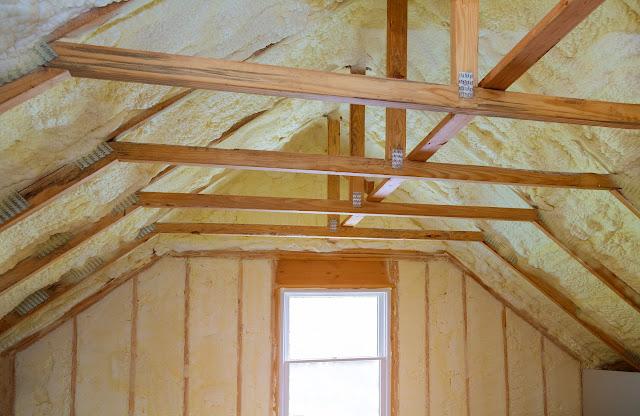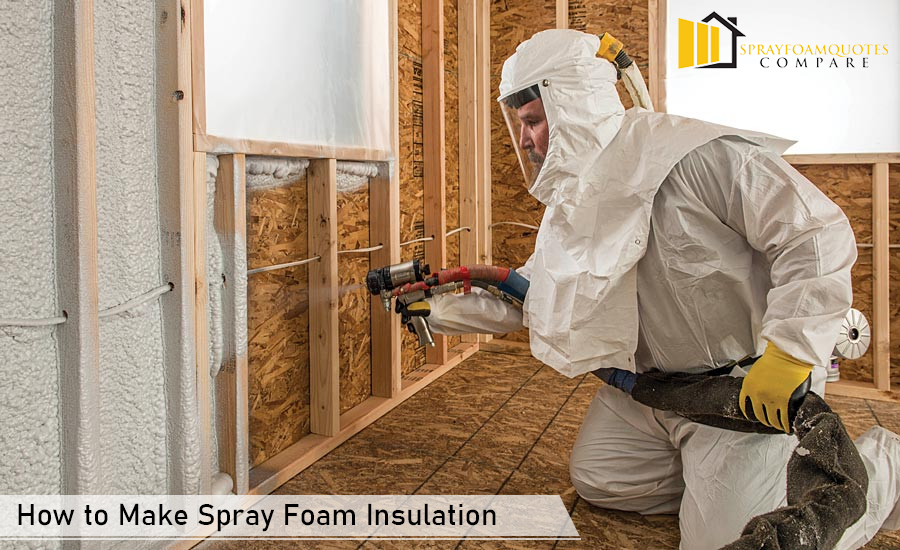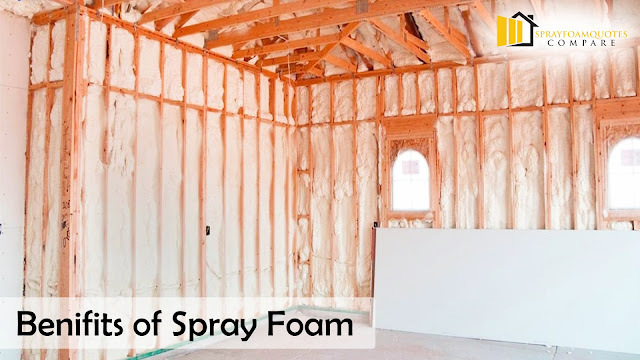What are The Working Procedures of Spray Foam Insulation UK?
There are available different kinds of insulation in the market like spray foam, cellulose, fiberglass, etc. However, the most popular among them is the spray foam type.
About
spray foam insulation
Why Use Spray Foam Insulation? This insulation is a wonderful air barrier material.
It helps seal ceiling cavities, floors, and walls against unwanted air movement.
It also includes spaces around the light fixtures, electrical outlets, and areas
where walls meet doors and windows. They will spray on an open cavity such as
attics, new construction, rim joists, and crawl spaces. Pole barns, commercial
buildings, and homes can benefit from it. Applying spray foam is possible until
cavities are open. It does not lose shape. On proper installation, they can fill
crevices, gaps, and cracks. They also do not settle, sag or compress over time.
It's
functioning
How Does Spray Foam Insulation Work? Closed & Open-cell spray foam is designed to
develop an air seal and insulate your home. It impacts heat transfer (conduction)
and airflow (convection), thereby affecting your home’s energy efficiency and
comfort level. It also resists heat flow, both in/out of the space while
keeping the house warm or cool during the winter/summer season.
On
the other hand, the traditional insulation types like cellulose and
fiberglass can be compared to that of a windbreaker and wool sweater. However,
spray foam is energy efficient and also draft-free.
Its
construction
What is Spray Foam Insulation Made of? Two liquids are combined to create most spray foams,
thereby resulting in chemical reactions. This, in turn, forms spray
polyurethane foam. Different containers or drums are used to fill up the two
liquids, referred to as ‘A’ & ‘B’. Spray polyurethane system’s ‘A’ side is
created from MDI (methylene diphenyl diisocyanate) and pMDI (polymeric
methylene-diphenyl diisocyanate).
‘B’
side can be termed to be a mixture of catalysts, polyols, flame retardant,
blowing agent, and surfactants. As ‘B’
and ‘A-sides are exposed to one another, a reaction takes place,
thereby creating foam.
Safety
Is Spray Foam Insulation Safe to Have in My Home? You may have heard about high Volatile organic
compounds (VOCs) and off-gassing. It is likely to make you question the safety of Spray Foam insulation. This insulation does off-gas. However, the amount tends to vary based on the product used. Odor and off-gassing do come
with health concerns. However, it takes place only if derived in large amounts.
Hence, when researching this type of insulation, seek materials with
‘low-VOC’ labels. They have a minimal off-gassing amount along with two hours of
lower re-occupancy time.
Installation
process
What is the Process of Installing Spray Foam Insulation? The contractor
provides a quote. On acceptance of the agreement, installation begins. An
experienced and well-trained crew is assigned to your place, who remove all
existing insulation in the area to be insulated. They will prep the area before
spraying the foam. On completion of all prep work, they will use a hose to the
would-be insulated area like the crawl space, attic, rim joist, etc. Foam
insulation will also be sprayed on uncovered new construction walls, pole barns, and concrete block walls. Once the work is completed, the crew will clean the
mess.




Comments
Post a Comment